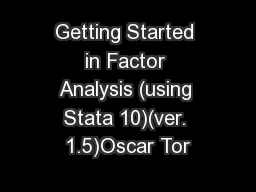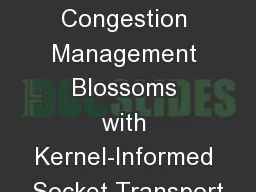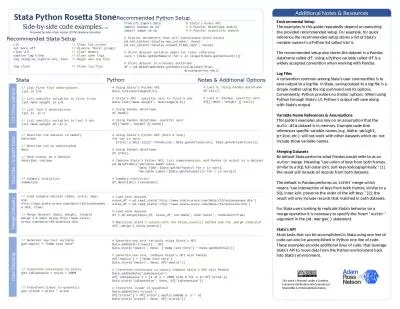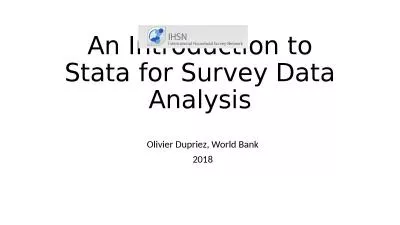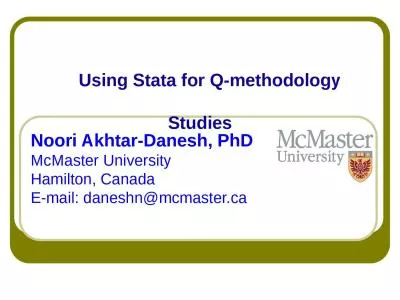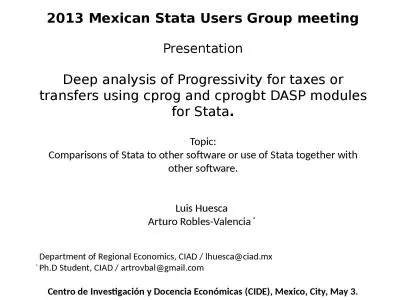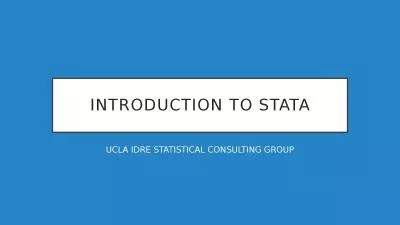PDF-Getting Started in Factor Analysis (using Stata 10)(ver. 1.5)Oscar Tor
Author : mitsue-stanley | Published Date : 2016-12-11
httpdssprincetonedutraining Factor analysis introFactor analysis is used mostly for data reduction purposesTo get a small set of variables preferably uncorrelated
Presentation Embed Code
Download Presentation
Download Presentation The PPT/PDF document "Getting Started in Factor Analysis (usin..." is the property of its rightful owner. Permission is granted to download and print the materials on this website for personal, non-commercial use only, and to display it on your personal computer provided you do not modify the materials and that you retain all copyright notices contained in the materials. By downloading content from our website, you accept the terms of this agreement.
Getting Started in Factor Analysis (using Stata 10)(ver. 1.5)Oscar Tor: Transcript
Download Rules Of Document
"Getting Started in Factor Analysis (using Stata 10)(ver. 1.5)Oscar Tor"The content belongs to its owner. You may download and print it for personal use, without modification, and keep all copyright notices. By downloading, you agree to these terms.
Related Documents

